Decision/Precision Agriculture
Purpose/Function:
Precision agriculture is used to improve the agronomic, environmental and economic management of crop production in accordance with in-field variability.
Initiation protocol:
This management practice requires the use of a GPS (global positioning system) and information management tools such as GIS (geographic information system) to input field conditions, assess management information and understand variable management requirements. There are many different levels of decision making involved in this approach.
Public acceptance:
With the increase in technology based agricultural practices, this approach is growing in popularity among operators and the public.
Implementation Factors (level of difficulty):
Difficult. This practice requires technology upgrades to existing equipment.
Funding Sources / Options:
Funding is currently available through U.S. Department of Agriculture’s Environmental Quality Incentives Program (EQIP). The Chesapeake and Atlantic Coastal Bays Trust Fund is providing demonstration funding and technical staff to work with farmers. A Farm Bill program is providing a per acre payment for adoption of management option on the farms.
Costs:
Costs estimated as $ per acre of practice installed.
| Cost Estimates | EPA | MDA | Average |
| Initial | $- | $137.12 | $68.56 |
| Annual | $18 | $- | $18 |
| Lifespan (yrs) | 1 | 10 | |
| Annualized | $18 | $- | $9 |
Note: Because this practice has wide distribution throughout the country, EPA estimates may be more accurate.
Load Reduction Efficiency:
Average Total Nitrogen removed per acre of practice per year
|
Low 0.46 lbs. |
Medium 0.64 lbs. |
High 2.30 lbs. |
Cost per pound removed = between $6 and $30
Average Total Phosphorous removed per acre of practice per pear
|
Low 0.02 lbs. |
Medium 0.06 lbs. |
High 0.16 lbs. |
Cost per pound removed = between $86 and $686
Average Total Suspended Solids removed per acre of practice per year
|
Low 1 lbs. |
Medium 2 lbs. |
High 4 lbs. |
Cost per pound removed = between $3.43 and $13.71
Operation & Maintenance:
This practice requires operator training and technical assistance from services providers.
Climate Change Considerations:
Precision agriculture, or more precisely precision monitoring, can have a role in a changing climate. By understanding how crop development and yields are impacted by the current climate, the grower can anticipate the future impacts on production in the new climate. By understanding how the future trend in climate will impact his or her crop production, the grower can gradually make changes in the choice of seed, the time of planting, along with other management decisions.
Technical Notes:
Providers of agronomic services (such as fertilizer retailers or independent crop consultants) compile and document data that verifies acres of implemented precision agriculture practices. This tracking data is provided to the Maryland Department of Agriculture on a county basis. The Maryland Department of Agriculture compiles this data and provides it annually to the Maryland Department of the Environment.
Helpful Links:
Local Project Examples:
Chester River Association has a program to outfit farm equipment with a variable fertilizer application tool called GreenSeeker.
Contact information:
Paul Spies
Chester River Association
Related Best Management Practices
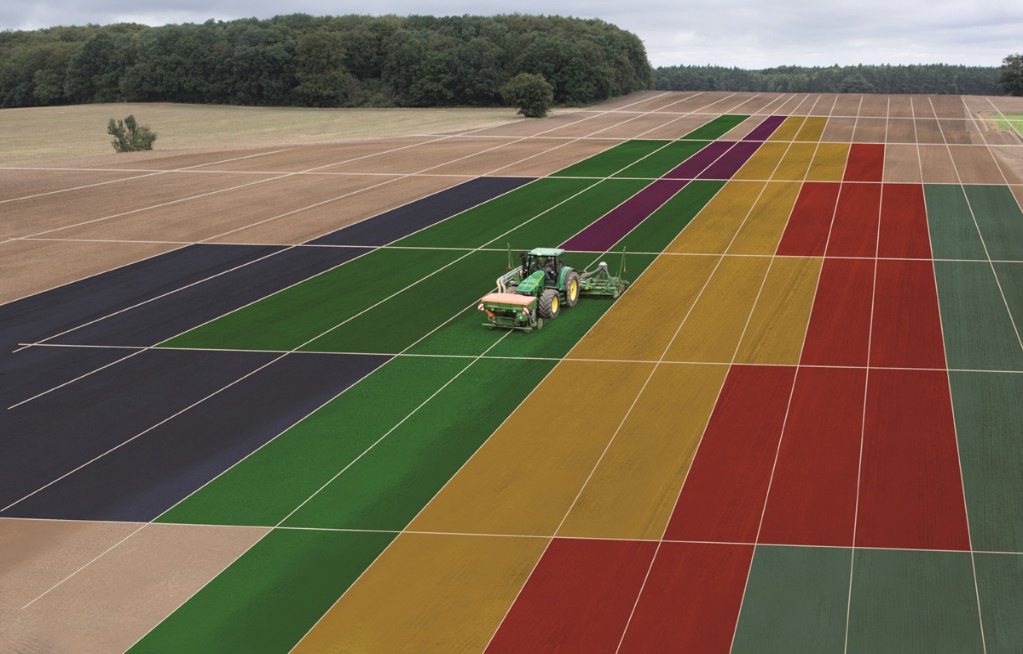
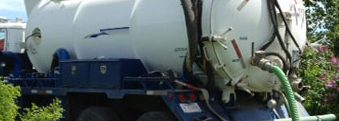


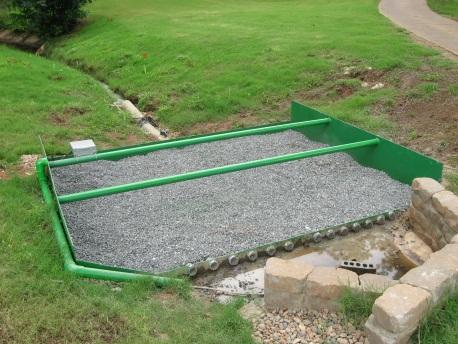
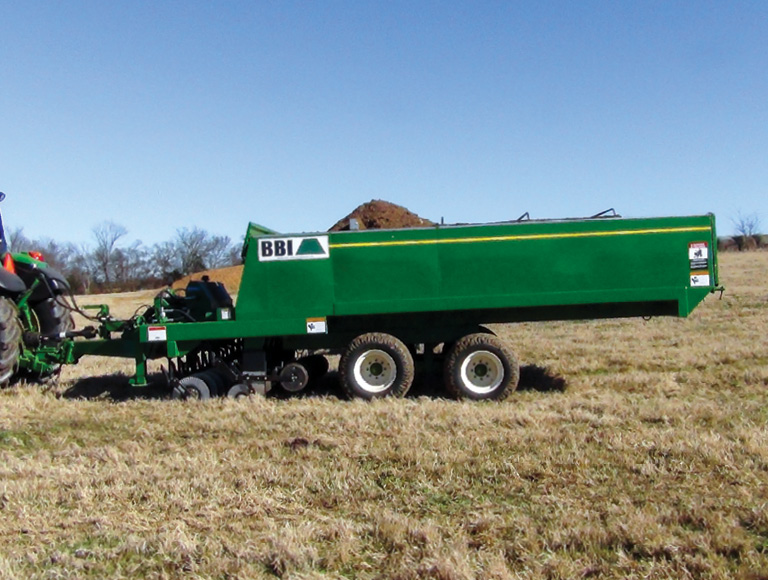
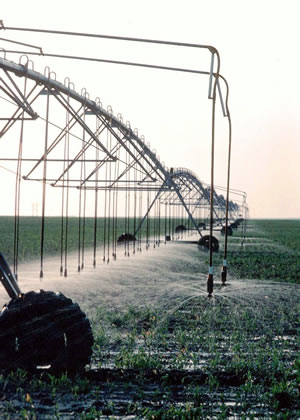
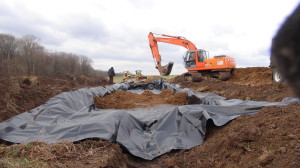
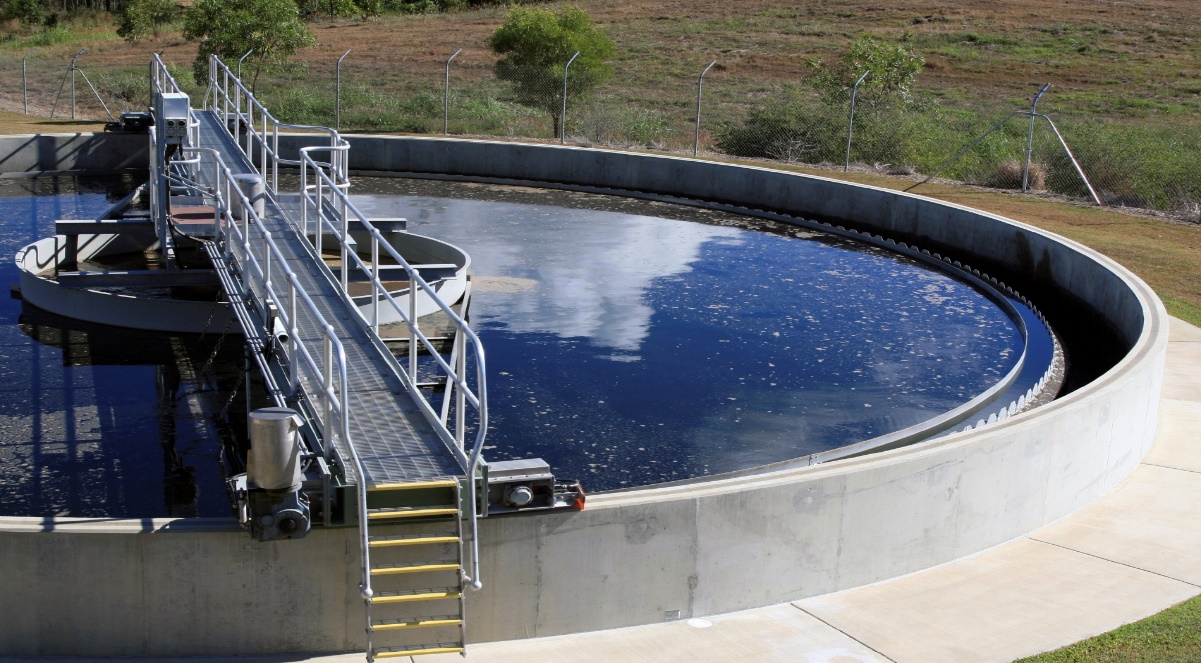


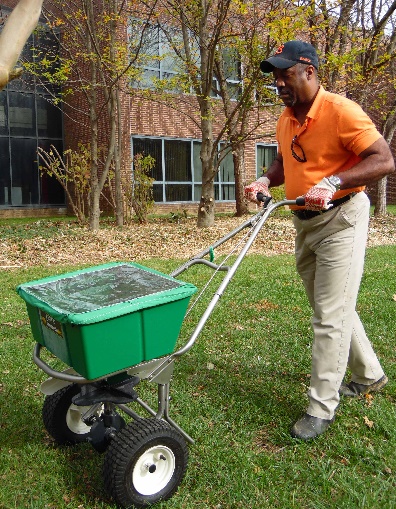

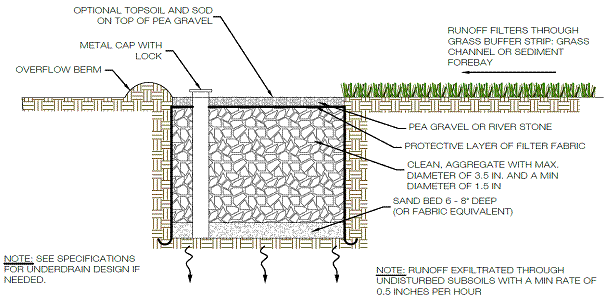
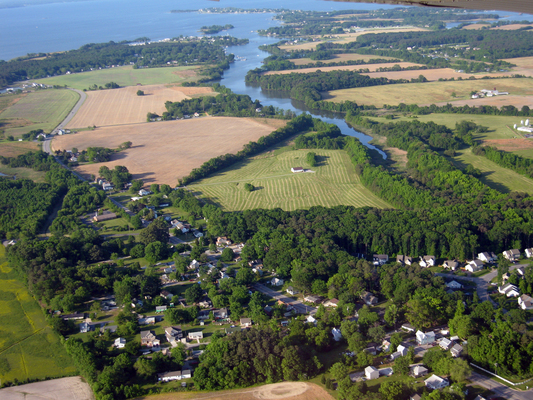
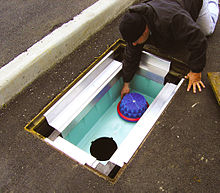
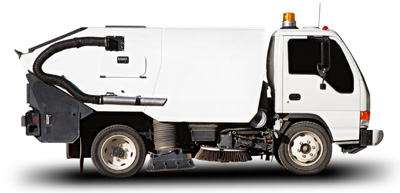
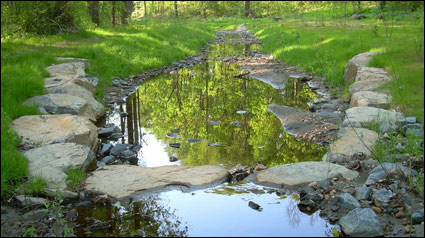
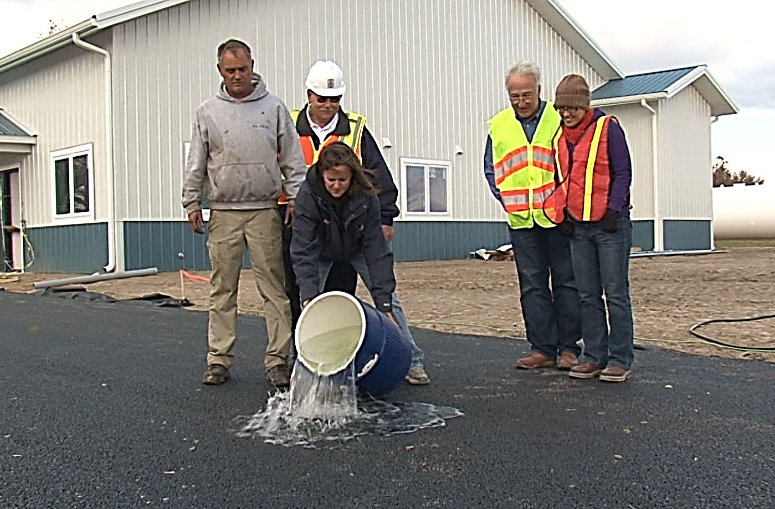
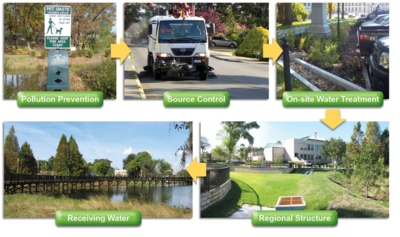

Feedback on This Best Practice